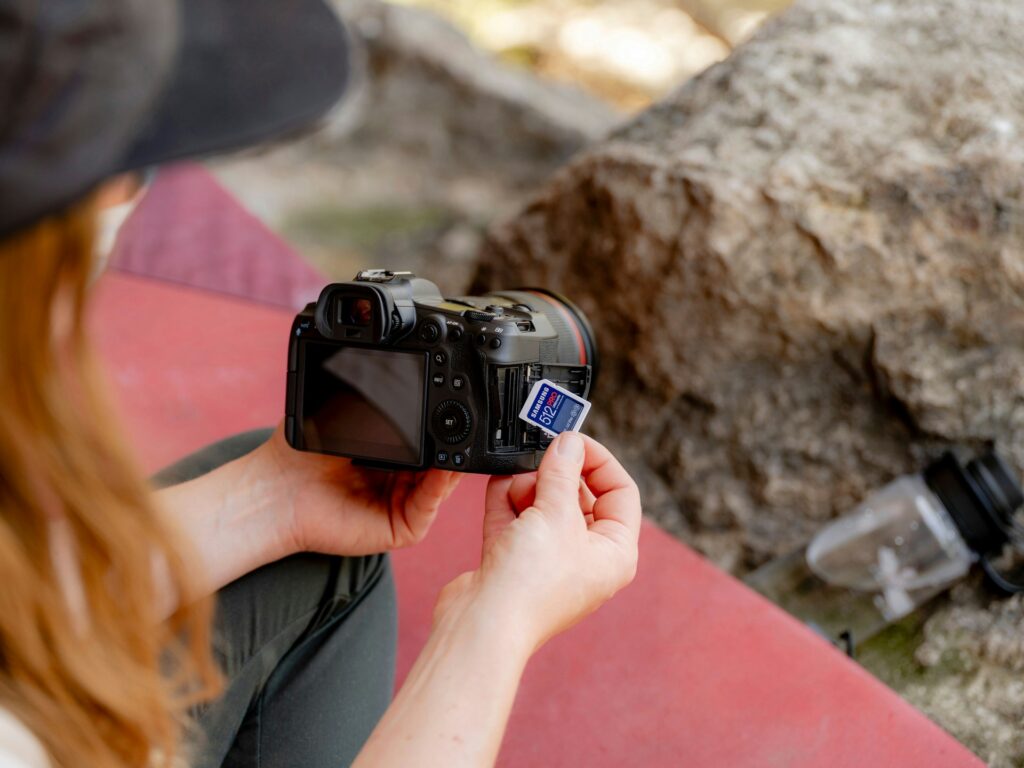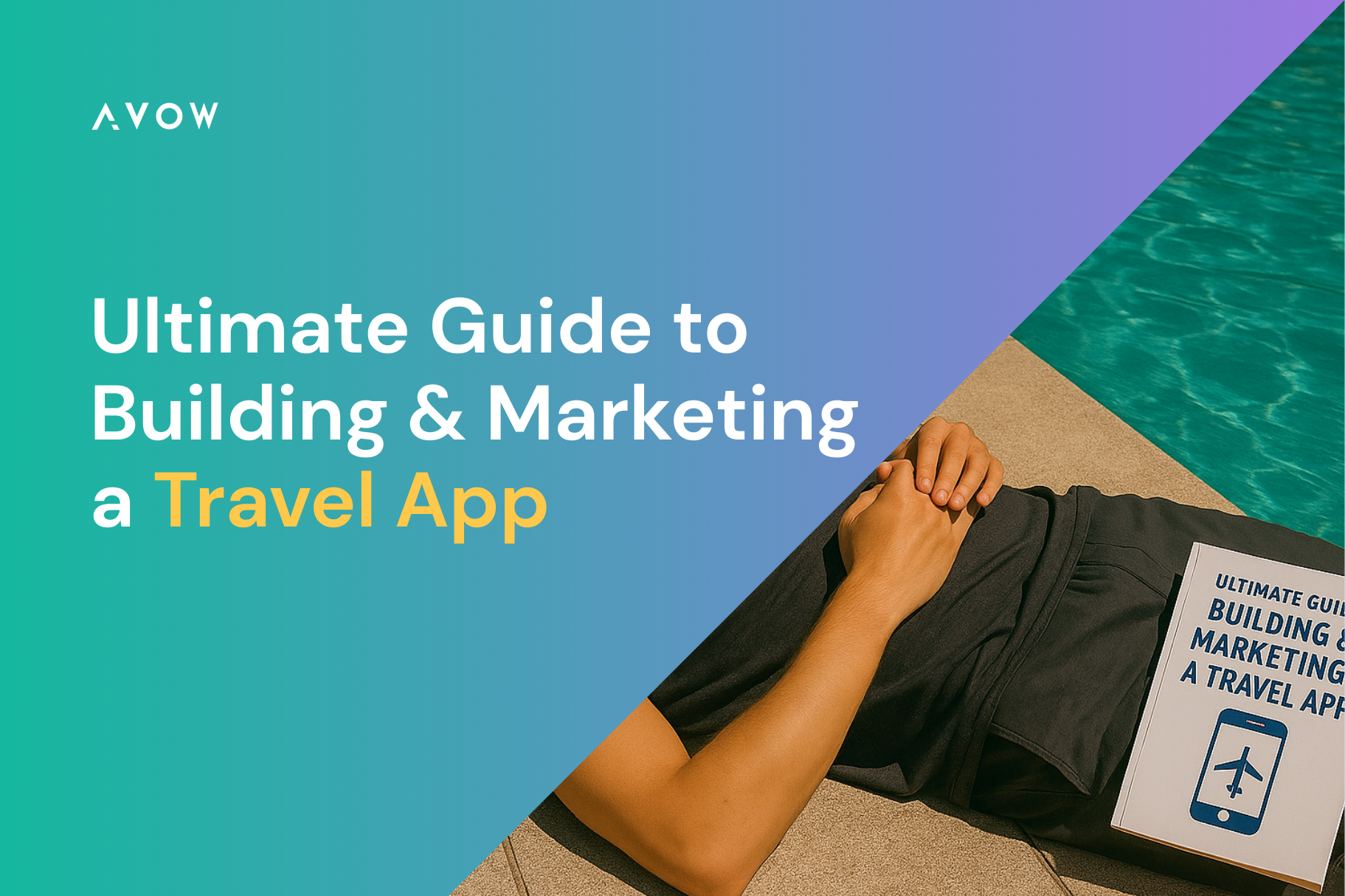In today’s digital era, travel apps have become essential tools for millions of travelers seeking convenience and efficiency. With the increasing reliance on mobile technology, developers face the challenge of creating applications that not only cater to users’ needs but also stand out in a crowded marketplace. From business travelers to adventure seekers, each user segment has unique requirements, making it vital to understand their preferences and pain points.
This guide provides:
- Key strategies for building a top-tier travel app
- Focusing on essential features such as intuitive user experiences
- Real-time updates
- Multi-language support
By integrating these and other vital elements, developers can create apps that enhance the travel experience, streamline the booking process, and foster community engagement through social sharing. In a fiercely competitive landscape, delivering an exceptional app is crucial for attracting and retaining users. Join us as we explore the critical factors that will help you craft a travel app that not only meets but exceeds user expectations.
What are effective marketing strategies to grow your travel app?
In 2023, over 850 million individuals utilized travel apps, emphasizing the necessity for effective marketing strategies to stand out in a competitive market. With international tourist arrivals nearly matching pre-pandemic levels, travel app developers must act quickly to capitalize on early booking trends.
Q4 is crucial
One crucial strategy is to optimize your app in Q4. This period is pivotal for attracting users who are planning trips for the New Year, as they account for a significant portion of early bird bookings. By focusing on app performance and user experience, you can ensure that potential travelers encounter a seamless interface that encourages downloads and reservations.
Personalized messages
Another effective approach is to leverage in-app messaging, which can significantly drive engagement. Users who receive personalized messages within the app show 131% higher engagement levels.
Tailor messages using the booking history
Targeting users with tailored messages based on their previous searches or booking behavior can enhance their experience and increase conversion rates.
Personalized messages
Personalized in-app messages are a highly effective strategy for boosting user engagement. Research shows that users who receive these messages exhibit a 131% increase in engagement levels.
Building trust is essential, and incorporating social proof can help achieve this. Research shows that 92% of consumers are hesitant to purchase from apps that do not have customer reviews. Including testimonials and ratings can reassure potential customers and enhance user confidence in your app.
Implementing these marketing strategies will position travel apps for success in 2024, making it essential for developers to act promptly and strategically.
Learn more about “7 Effective Travel App Marketing Strategies.”

Photo by ian dooley on Unsplash
How to successfully onboard users to your app?
In the fiercely competitive travel app market, customer retention is critical. The U.S. alone experiences $168 billion in annual costs due to customer churn, underscoring the importance of retaining app users post-download. Brands must go beyond initial downloads to create long-term value for users. This requires a mix of personalization, seamless experience, and engagement techniques tailored to travelers’ evolving needs.
Personalized onboarding
Personalized onboarding is essential for boosting customer retention. By crafting a tailored experience from the start, businesses can engage customers more effectively and help reduce churn rates. A customized journey addresses individual needs, fosters loyalty, and builds deeper connections with the brand. Incorporating feedback during onboarding also allows for continuous improvement, ensuring customers feel valued and understood. In short, a strong, personalized onboarding process is crucial for maintaining lasting customer relationships.
Use data
Travel apps that use data to enhance user experiences based on preferences and past interactions can drive loyalty, as demonstrated by companies like Airbnb, which customizes its onboarding process to increase user connection and retention.
Alert customers of the best deals
Seasonal campaigns, especially for early Q1 bookings, are another retention strategy. By preparing apps and campaigns in Q4, developers can capitalize on high booking periods when travelers are most active. Apps like Hopper boost engagement with push notifications during peak booking seasons, reminding users of travel deals and helping them take advantage of favorable rates.
Leverage strategic partnerships
Finally, strategic partnerships within the travel ecosystem, such as combining flights and hotel bookings, add convenience and increase app stickiness.
KAYAK’s integrations for trip planning streamline the travel process, helping users complete multiple bookings without leaving the app.
Learn more about “Navigating Post-Download Success: Retaining Users in a Competitive Travel App Market.”

Photo by Samsung Memory on Unsplash
What are some emerging trends in travel app marketing?
To keep pace with evolving traveler expectations, travel app marketers are focusing on innovative strategies to elevate user engagement and differentiate themselves in a crowded market. Here are a few of the most impactful trends driving the future of travel app marketing.
Artificial Intelligence
One of the strongest trends is personalization through Artificial Intelligence (AI). Currently, 82% of marketers believe AI improves customer experiences, allowing travel apps to deliver customized recommendations, promotions, and itineraries that reflect each user’s preferences. For example, AI algorithms can track a user’s past destinations to suggest tailored trip ideas or local attractions. By increasing relevance, AI-powered personalization significantly boosts engagement and loyalty, as users feel the app genuinely understands their needs.
Influencer partnerships
Influencer partnerships are another powerful trend, with 75% of consumers consulting social media before making travel purchases. Collaborating with travel influencers allows brands to reach niche audiences authentically. When influencers share their travel experiences, their followers view these insights as genuine endorsements, creating stronger connections with the app’s brand. Additionally, influencer-generated content fosters authenticity and trust, which is especially valuable in the highly competitive travel industry.
Sustainability
Sustainability is also an emerging priority, as nearly 50% of consumers now consider eco-consciousness a key purchasing factor. Travel apps can meet this demand by offering sustainable travel options, carbon tracking features, and support for local conservation efforts.
Highlighting these aspects helps align the brand with environmentally conscious travelers and encourages repeat engagement.
Incorporating these trends—AI personalization, influencer partnerships, and sustainability—into travel app marketing strategies enables brands to attract more users and foster loyalty.
Learn more about “Top 5 emerging trends in travel app marketing.”
What are some of the best user retention and engagement strategies?
In the rapidly growing travel app market, where the average income per download is set to rise by over 21% from 2023 to 2027, retaining users is essential to capitalize on this growth. User retention in travel apps not only boosts customer lifetime value but also leads to repeat usage, higher engagement, and increased profitability.

Photo by Anete Lūsiņa on Unsplash
Leverage the power of gamification
Beyond attracting users, building loyalty through effective retention strategies is essential for sustained app success. One approach to improve user engagement is incorporating gamification, as apps that use gamified elements report a 300% boost in loyalty.
Reward systems, such as points, badges, or seasonal challenges, encourage users to return and engage frequently. For example, travel apps that offer points for booking or referrals increase their active user base while driving organic growth.
Push notifications to boost engagement
Another powerful strategy is using smart, well-timed push notifications to drive engagement. Studies show that effective notifications can increase app engagement by up to 88%. Travel apps can leverage this by sending users relevant reminders, such as trip updates, check-in details, or personalized discounts. Timing is critical to ensuring these notifications add value without being intrusive.
In-app support elevates your brand
In-app support also strengthens retention, with users who experience responsive customer service being 38% more likely to recommend the app. Travel apps that provide features like live chat or AI-driven customer support keep users assured that help is available anytime, fostering a sense of reliability and trust.
Reward users with a loyalty program
Finally, loyalty programs further reinforce retention, with repeat customers generating 65% of a company’s revenue. Rewards like points and exclusive offers motivate users to keep booking through the app.
For travel apps, combining gamification, timely communication, support, and loyalty incentives can turn casual users into devoted advocates.
Learn more about “7 Strategies for User Retention and Loyalty in Travel Apps.“
How does Mobile OEM advertising help in boosting travel app growth?
As app stores reach peak saturation, mobile OEM advertising has emerged as a strategic route for travel apps seeking visibility and growth. With 2.3 million apps on Google Play and over 1.8 million on the Apple App Store, standing out in a crowded app marketplace can be a daunting task.
Benefits of mobile OEM advertising
Mobile OEM advertising bypasses this competition by offering travel apps direct access to users at the device setup stage, enabling brand visibility from day one. Significant players like Xiaomi, Huawei, and OPPO offer app recommendations through Dynamic Preloads, which bring travel apps directly to users as they set up their devices. This approach significantly increases the likelihood of downloading without competing for attention within crowded app stores.
Step into new markets
Reaching untapped markets is another crucial advantage for travel brands. The vast user base of OEM platforms, particularly in high-growth regions like Asia and Africa, enables travel apps to capture attention in areas with fewer traditional app store dependencies. Its targeted access supports localized ad delivery, ensuring campaigns are relevant to specific cultural and regional needs. For example, promotions tailored to Southeast Asia can highlight region-specific travel deals, driving engagement with a relevant audience.
Good ROI
Additionally, mobile OEM ads often reduce acquisition costs, benefiting from lower competition and cost-per-install pricing models. These ads can deliver substantial ROI, making them a valuable tool for smaller brands or startups seeking cost-effective user acquisition solutions.
Scale up with analytics
Furthermore, the seamless integration of app analytics and advanced fraud protection systems on OEM platforms empowers marketers to optimize campaigns safely, leveraging real-time data without risking brand integrity.
Discover how mobile OEM advertising can enhance visibility and growth for your travel app, bypassing traditional app store limitations.
Learn more about “Beyond the App Store: How Mobile OEM Ads Can Drive Travel App Growth.“

Photo by Sean Oulashin on Unsplash
Top tips to follow if you want to build the best travel apps
With 76% of international travelers relying on travel apps, it’s clear that seamless digital experiences are essential in today’s travel landscape. To create an exceptional travel app that stands out in a crowded market, developers need to focus on both user experience and functionality.
Target audience is crucial
Understanding the target audience is essential. Tailoring features for specific groups, like streamlined booking for business travelers or local recommendations for leisure tourists, ensures that the app resonates with its users. TripActions, for instance, caters to corporate users with tools like expense tracking and real-time support, setting a standard in customization.
User Experience
User experience (UX) also plays a pivotal role in app retention. A smooth, intuitive UX can drive higher engagement and ease user navigation across devices. Additionally, offering real-time updates on bookings, flight statuses, and alerts keeps users informed, enhancing their experience and building trust in the app’s reliability.
Offline functionality
Another critical aspect worth emphasizing is offline functionality. Enabling users to access essential information such as itineraries, maps, and local guides without an internet connection can be incredibly valuable, especially for travelers venturing into remote areas or during flights.
This feature ensures that users remain informed and organized and alleviates the stress that often accompanies uncertain connectivity.
For example, having offline access to maps allows travelers to navigate unfamiliar territories confidently, while accessing itineraries ensures they don’t miss critical connections or activities. Furthermore, integrating local tips and recommendations that can be downloaded earlier enhances the travel experience, making it more seamless and enjoyable.
In today’s world, where connectivity can be sporadic, providing reliable offline resources allows users to stay on track and focused on what truly matters—exploring new destinations and creating lasting memories.
Overall, developers can create travel apps that truly elevate the travel experience by prioritizing customization, seamless UX, real-time updates, offline accessibility, and AI-driven personalization.
Learn more about “10 Tips to Build the Best Travel App.”
Conclusion
Crafting an outstanding travel app is an intricate process that requires a blend of user-centric design and advanced technological features. Emphasizing the importance of personalization, security, and seamless functionality can significantly enhance user satisfaction and loyalty. As travelers seek more comprehensive solutions for managing their journeys, the ability to provide real-time information, offline access, and integrated booking options becomes essential.
Moreover, fostering community through social sharing capabilities can enrich the user experience, encouraging connections among travelers and enhancing engagement.
By implementing the above-discussed strategies, your app can stand out in a competitive landscape and become an indispensable tool for travelers.
Take the next step in revolutionizing the travel experience by applying these insights—your app’s success is just around the corner!
Take your travel app’s potential to the next level with AVOW! Our innovative mobile advertising solutions are designed to help you reach your target audience effectively, enhance user engagement, and drive growth. With AVOW, you can seamlessly integrate tailored advertising strategies that cater to travelers’ needs and preferences.
Don’t miss out on the opportunity to transform your travel app into a market leader. Contact us today to learn how AVOW can elevate your app experience and maximize your reach!
About the Author






